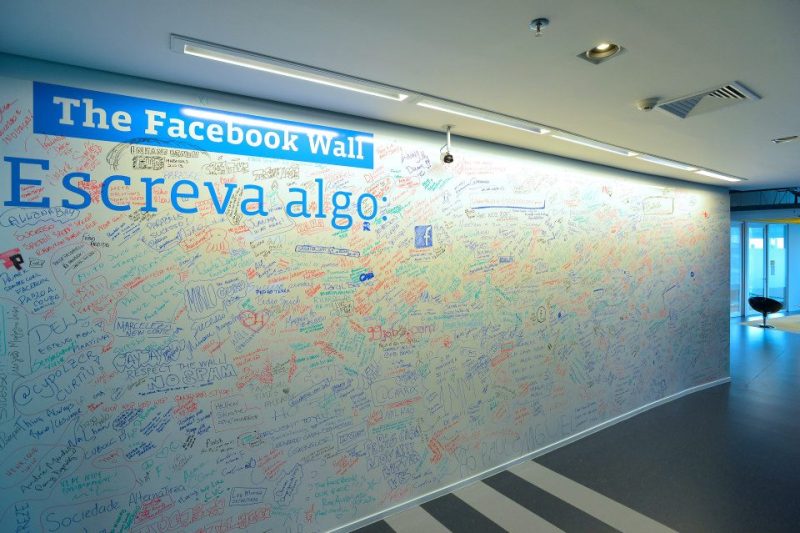 EMERGING TECH
EMERGING TECH
 EMERGING TECH
EMERGING TECH
 EMERGING TECH
EMERGING TECH
As Facebook Inc. quickly approaches 2 billion monthly active users, the social network has become home to just about every major language on the planet, which is one reason that the company has been investing heavily in machine translation research.
Facebook revealed Tuesday that it has been working on its own neural machine translation program, and the company claims that its tech can accurately translate text nine times faster than existing networks.
According to the Facebook, the quest to build better translation technology ties directly into its long term goals. “Language translation is important to Facebook’s mission of making the world more open and connected, enabling everyone to consume posts or videos in their preferred language — all at the highest possible accuracy and speed,” the research team behind the new AI network said in a blog post.
Facebook already uses a form of machine translation for posts and video titles on the social network, but the research team explained that their neural network is not only faster at translation, but it is also more accurate and flexible.
On the surface, Facebook’s translation AI looks similar to the technology used for Google Translate, but while both translate text using neural networks, they are built using fundamentally different techniques. Facebook’s AI uses a convolutional neural network, which is usually better suited for image recognition tasks, while Google Translate uses a recurrent neural network, which is typically better at handling text. Facebook’s engineers admit that RNNs such as the one used by Google have been better for translation than CNNs in the past, but they say that RNNs suffer from a fundamental flaw.
“Computers translate text by reading a sentence in one language and predicting a sequence of words in another language with the same meaning,” they explained. “RNNs operate in a strict left-to-right or right-to-left order, one word at a time. This is a less natural fit to the highly parallel GPU hardware that powers modern machine learning.”
In other words, RNNs are not quite as good at taking advantage of the hardware’s ability to multitask, which limits their speed. Meanwhile, Facebook’s CNN-based AI “can compute all elements simultaneously,” making it incredibly fast.
Facebook has made the source code for its translation project available on GitHub, and the company published a research paper explaining how its network works.
Support our mission to keep content open and free by engaging with theCUBE community. Join theCUBE’s Alumni Trust Network, where technology leaders connect, share intelligence and create opportunities.
Founded by tech visionaries John Furrier and Dave Vellante, SiliconANGLE Media has built a dynamic ecosystem of industry-leading digital media brands that reach 15+ million elite tech professionals. Our new proprietary theCUBE AI Video Cloud is breaking ground in audience interaction, leveraging theCUBEai.com neural network to help technology companies make data-driven decisions and stay at the forefront of industry conversations.